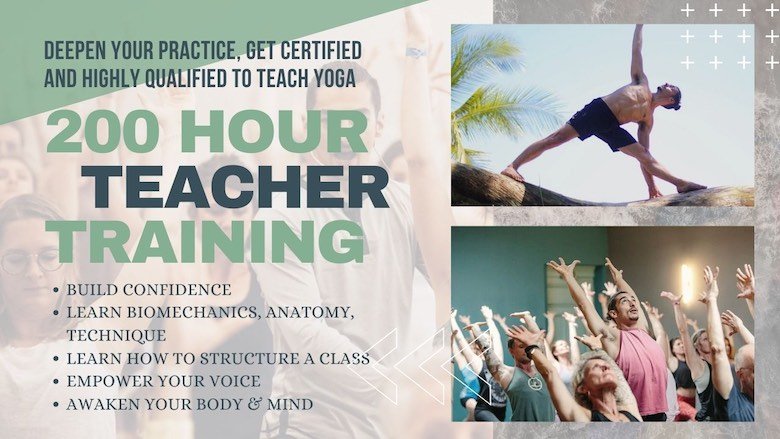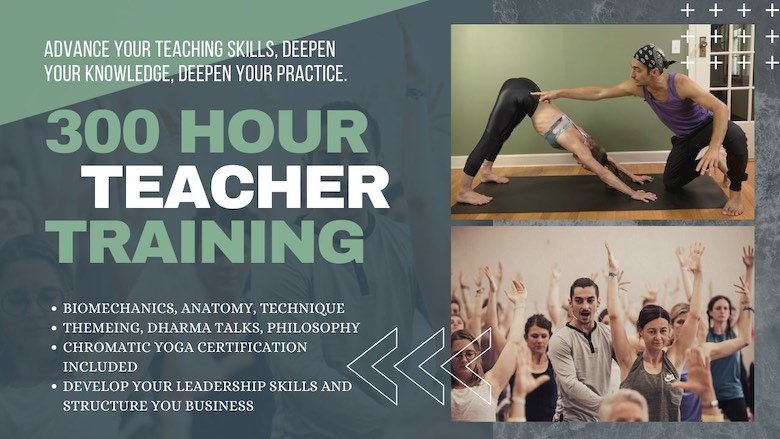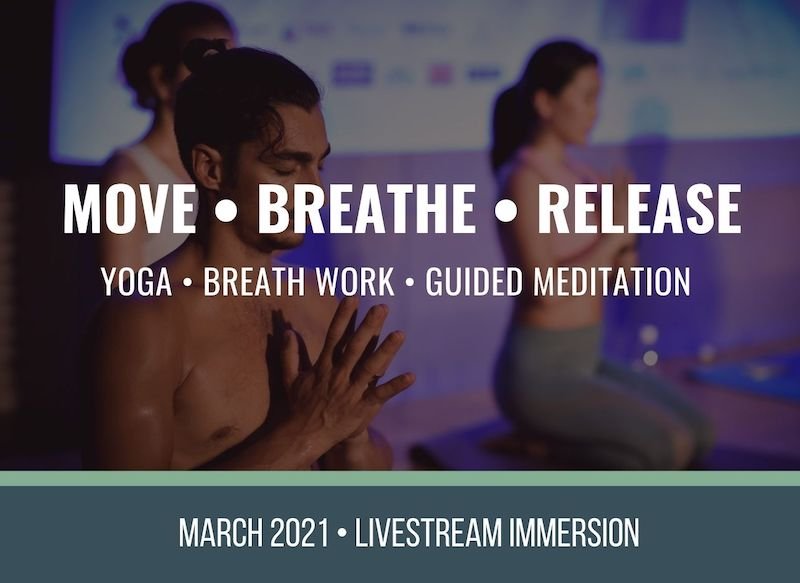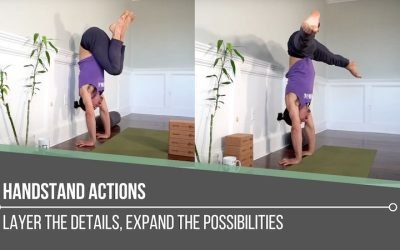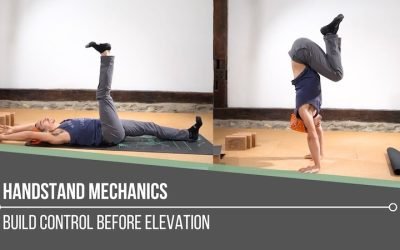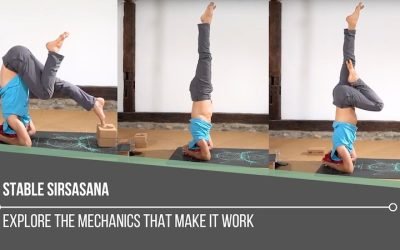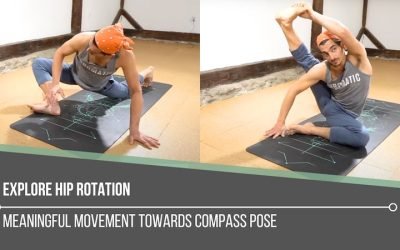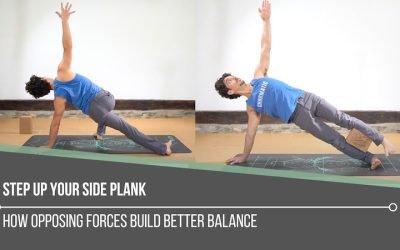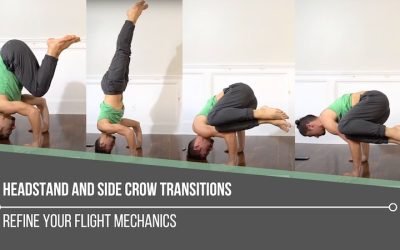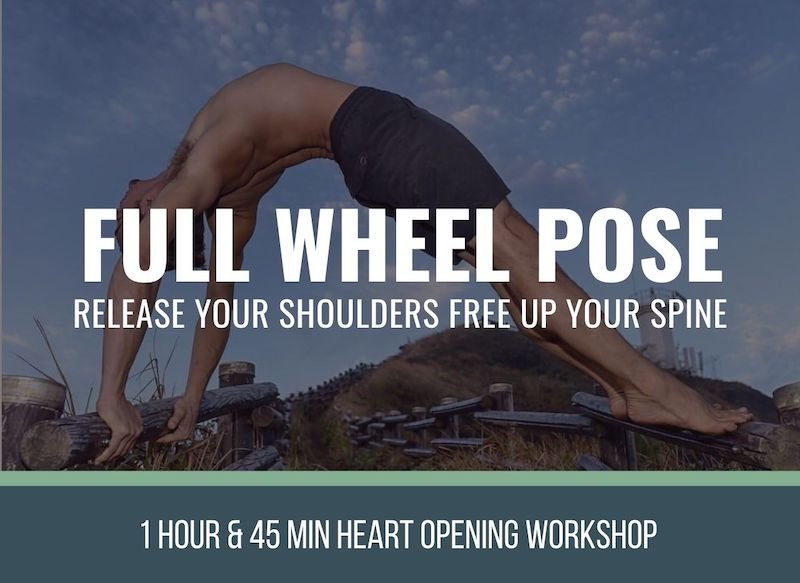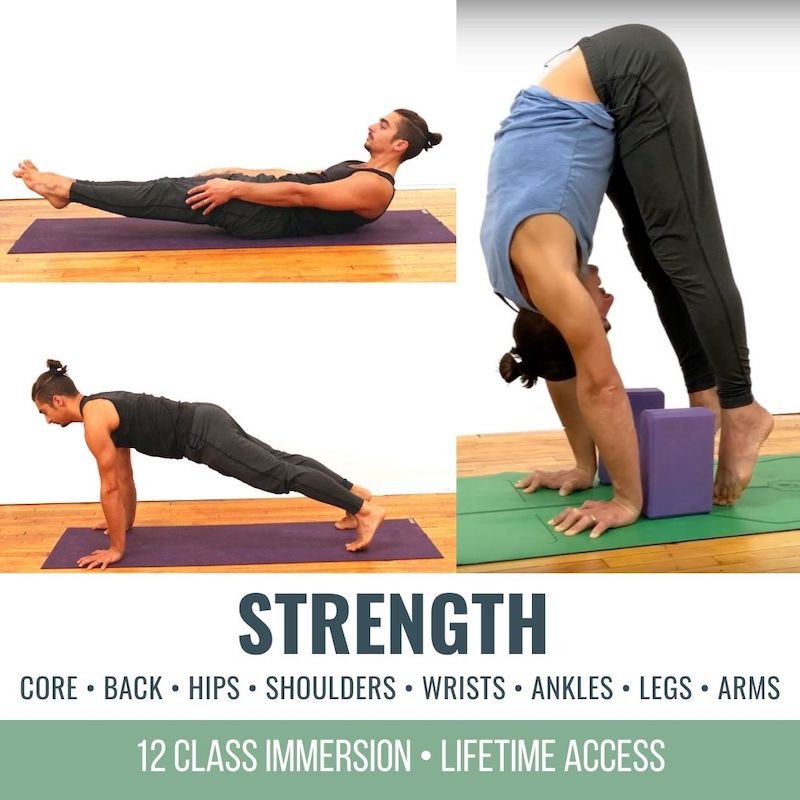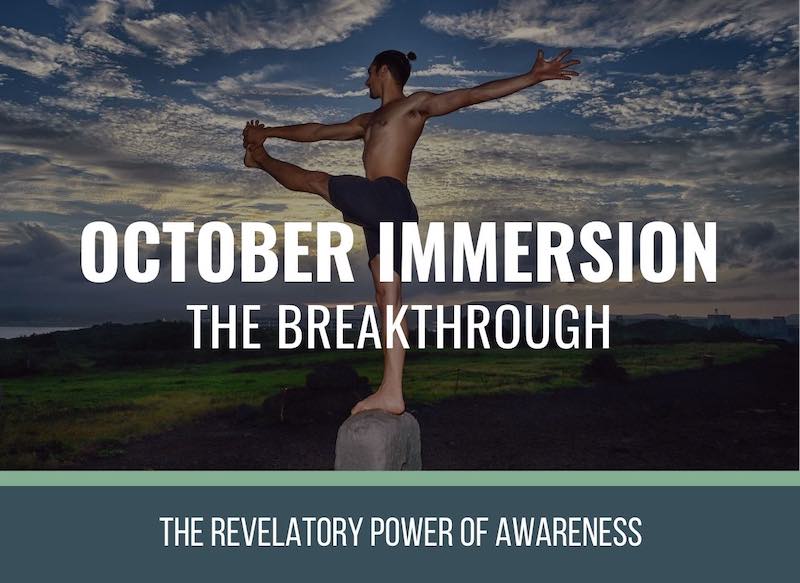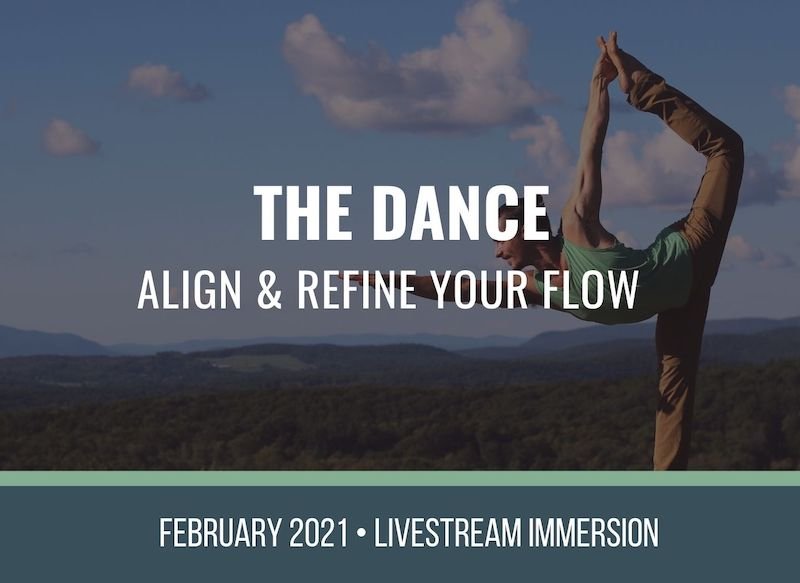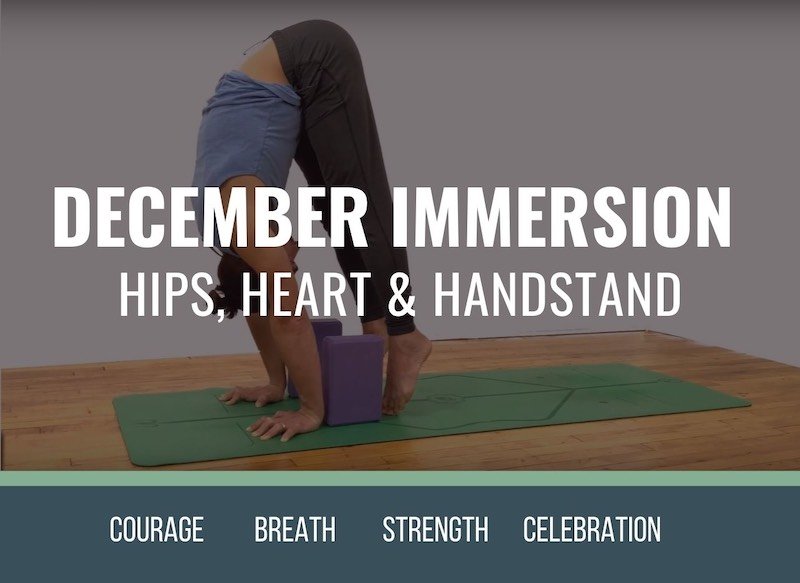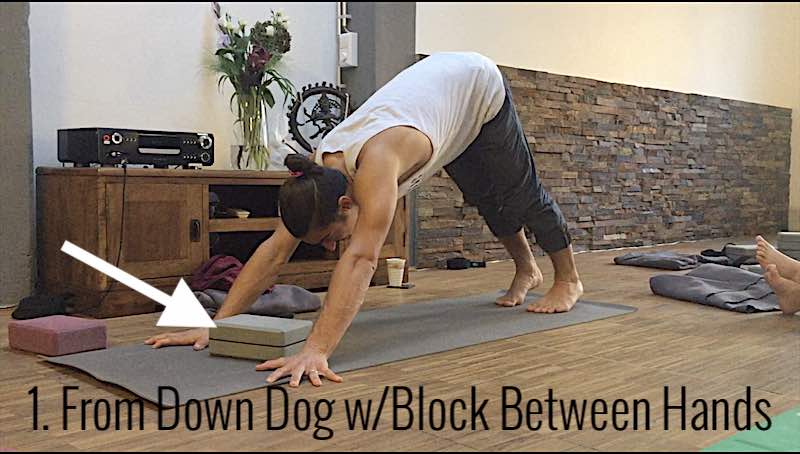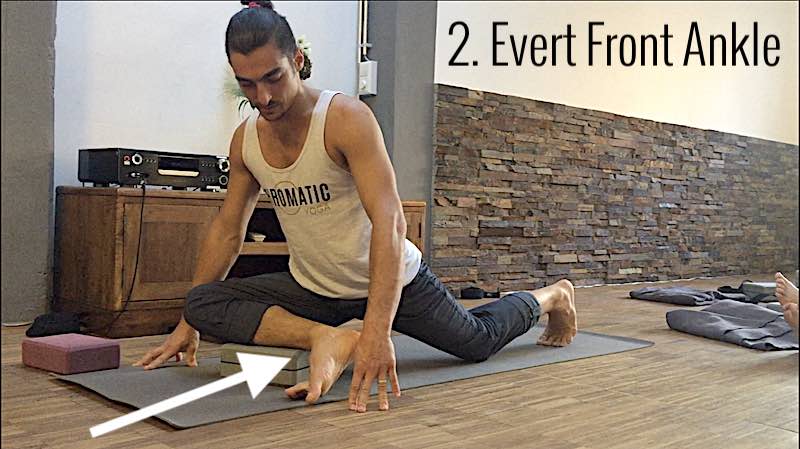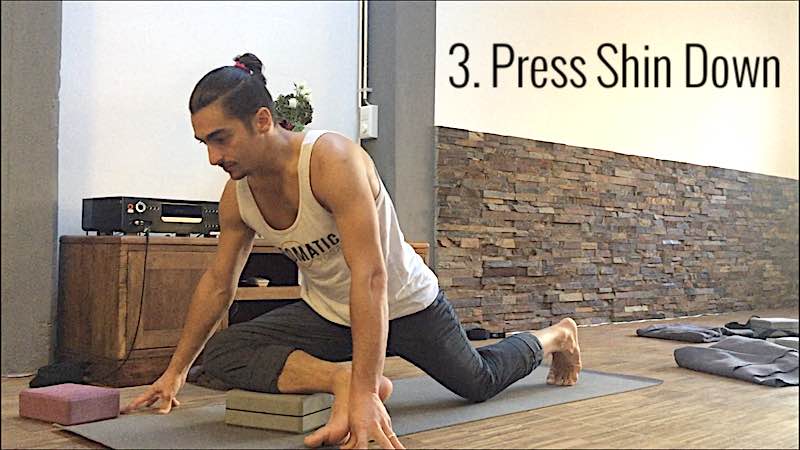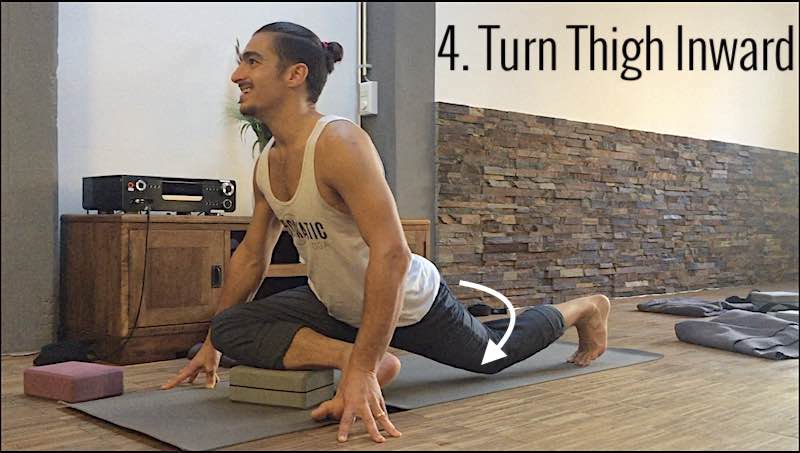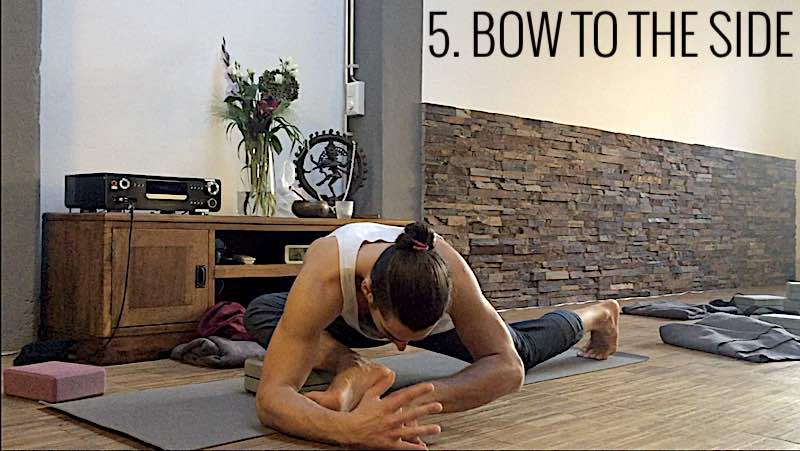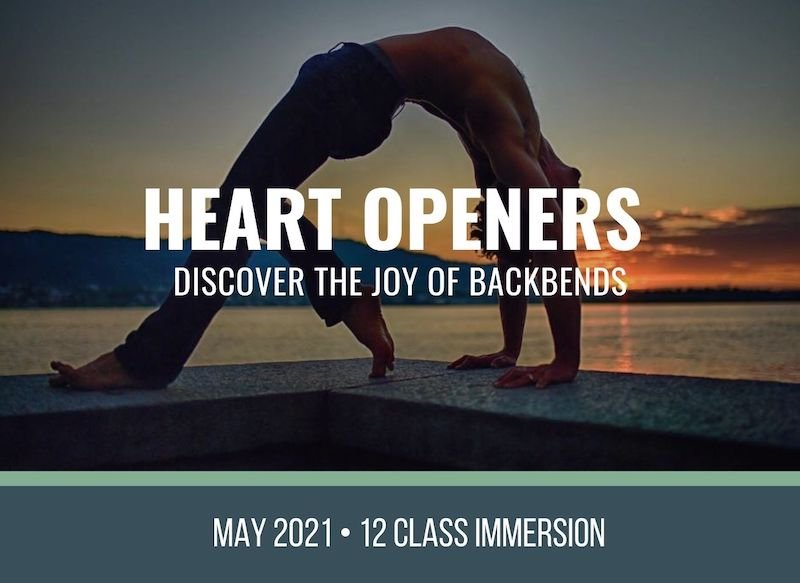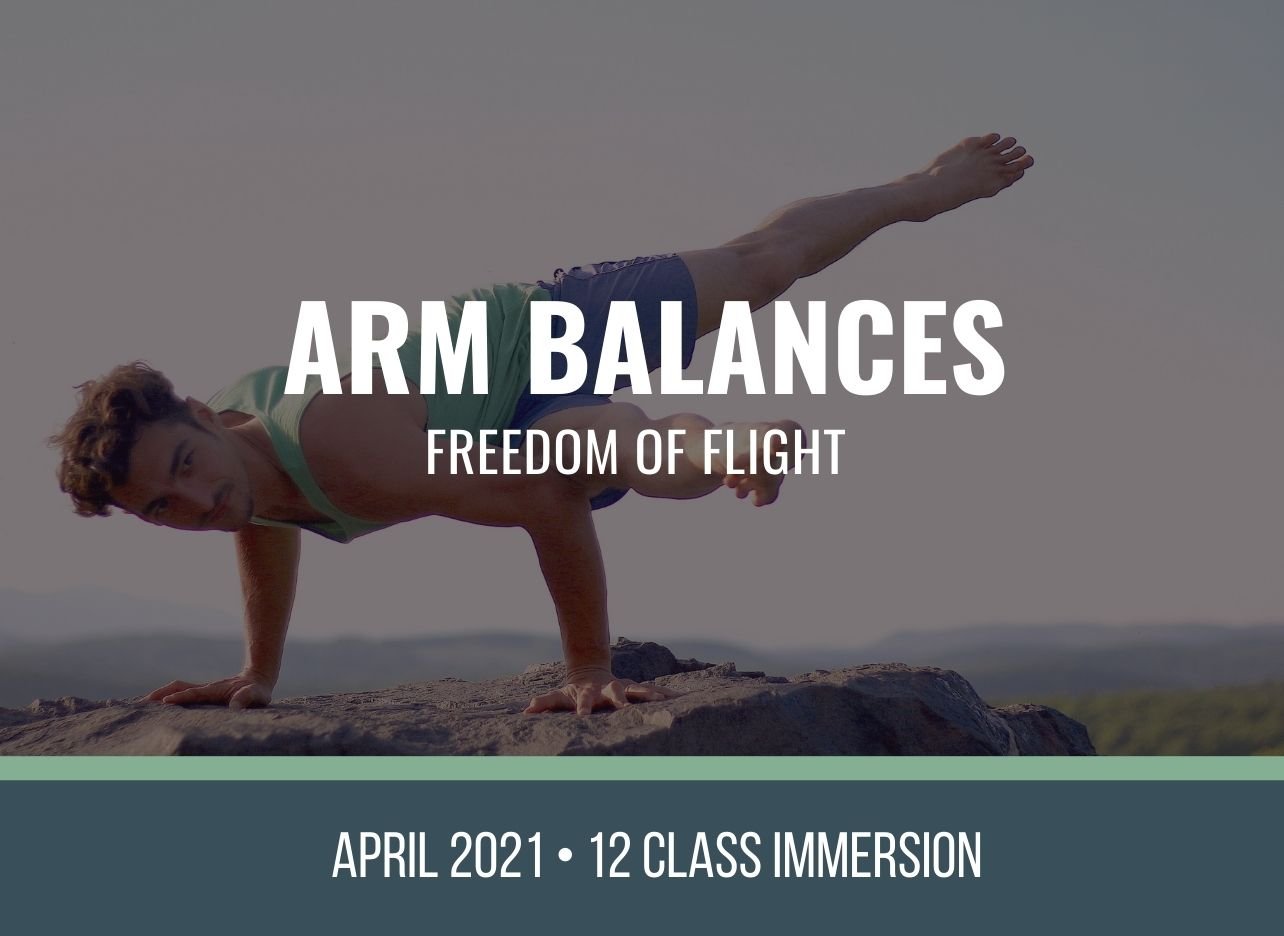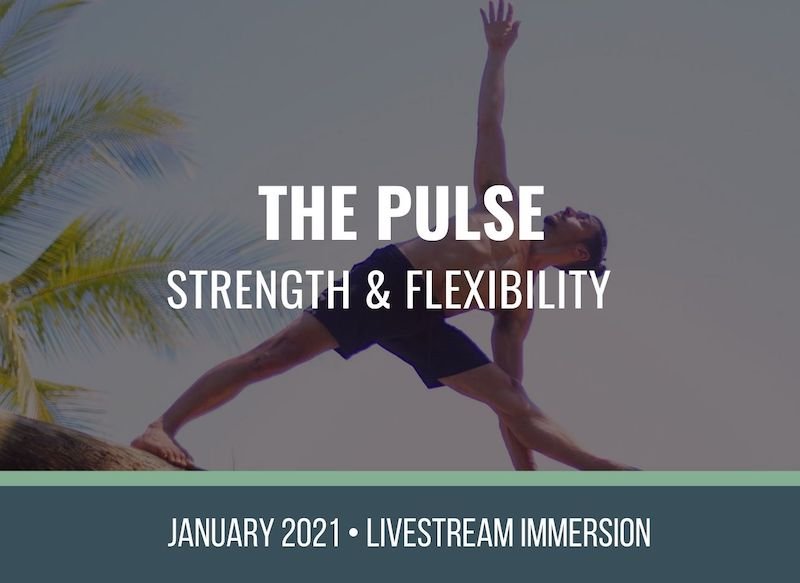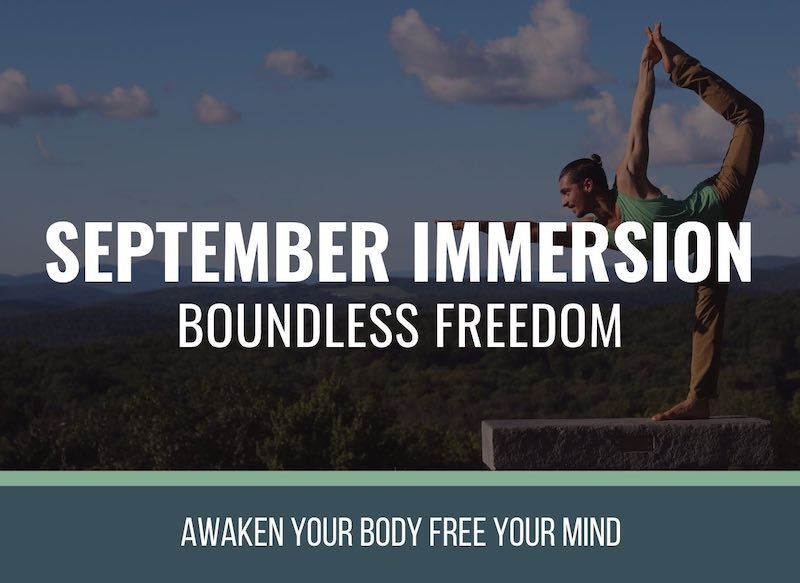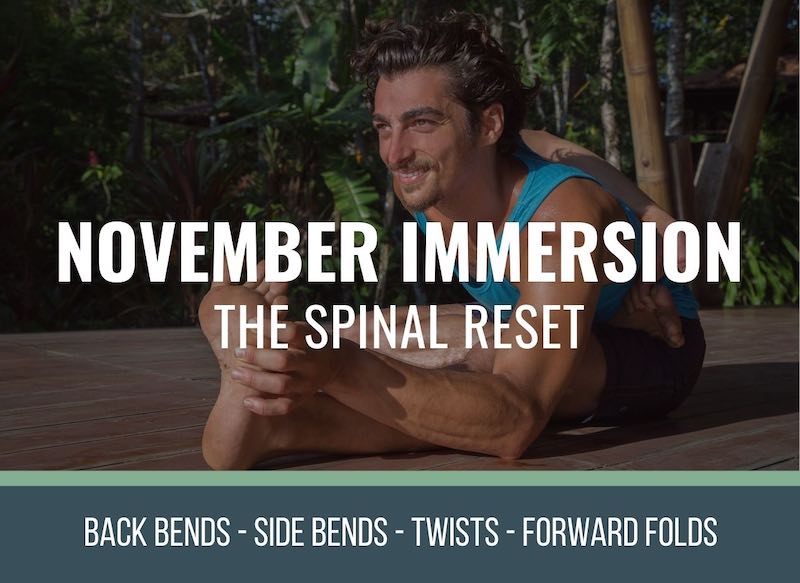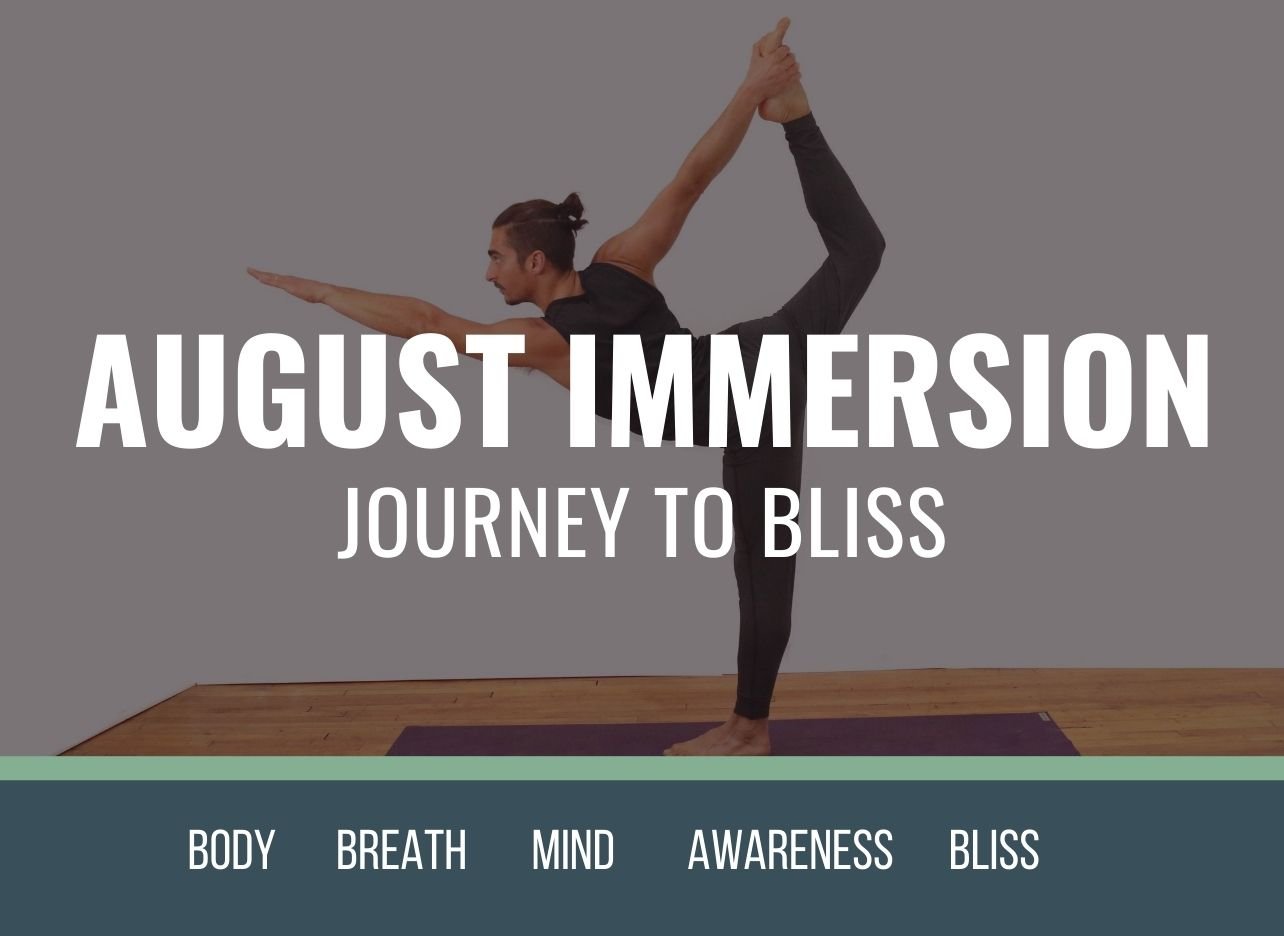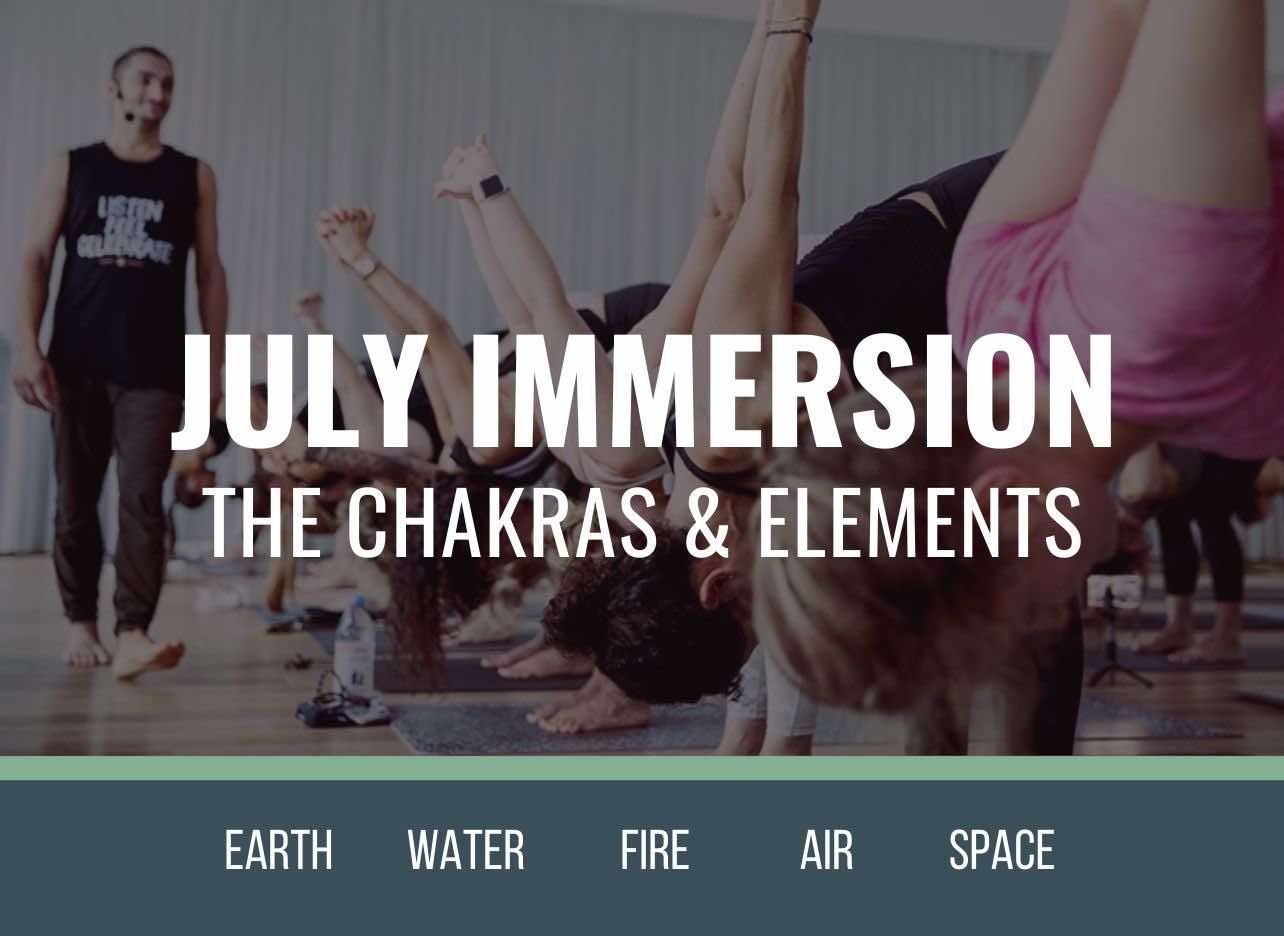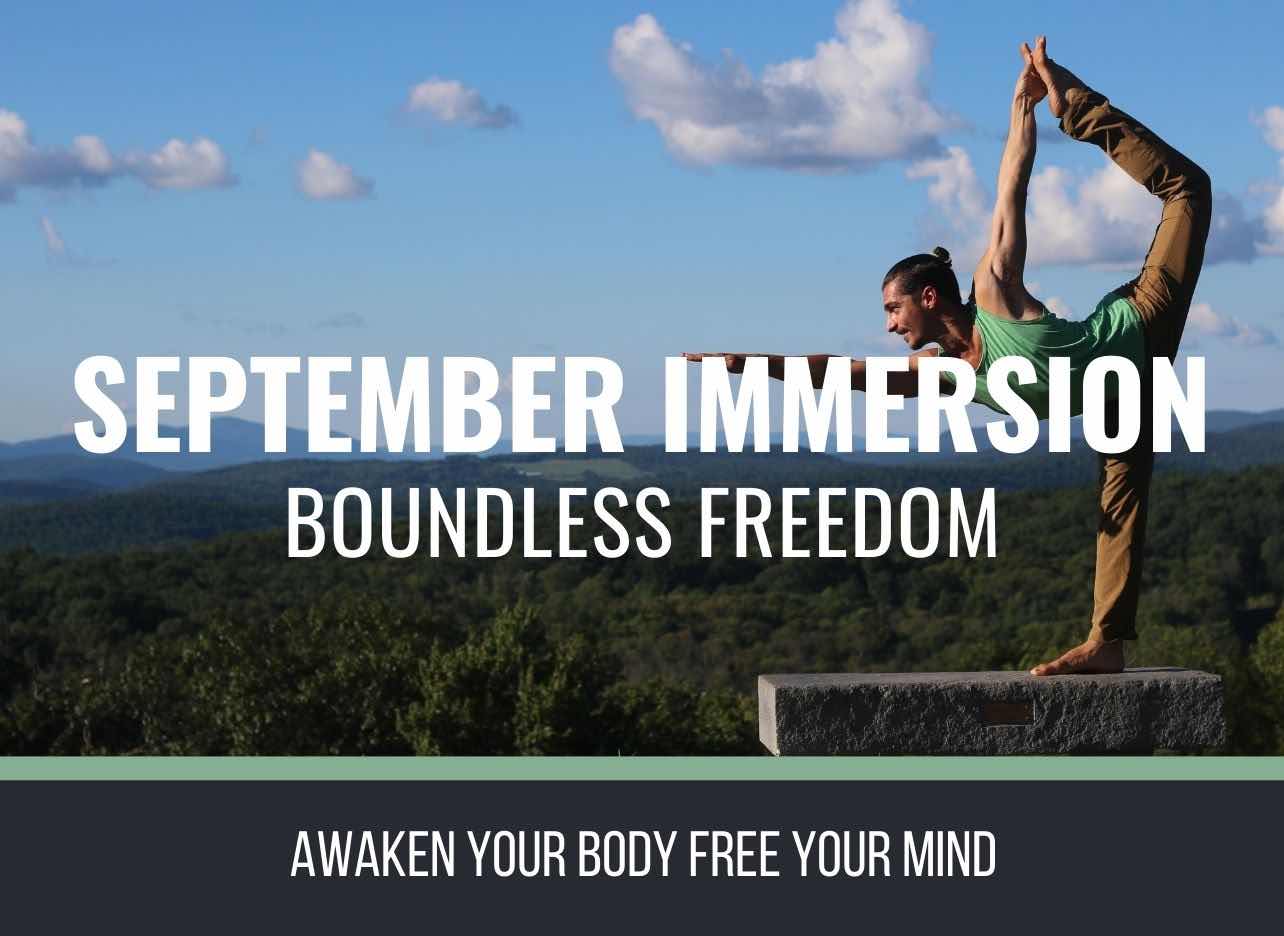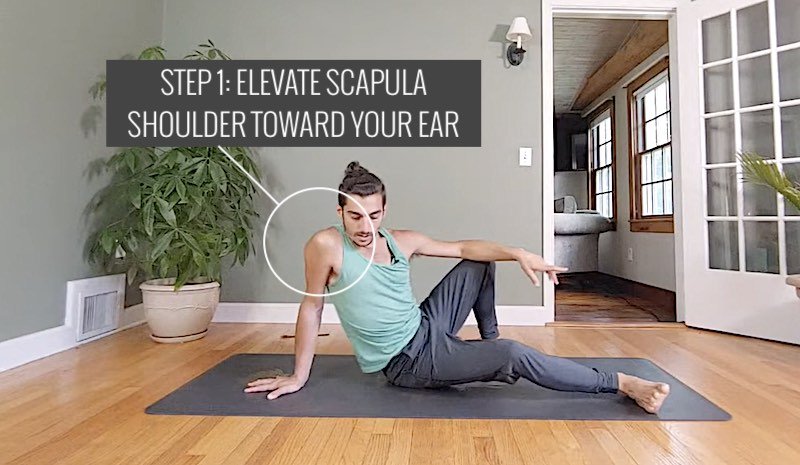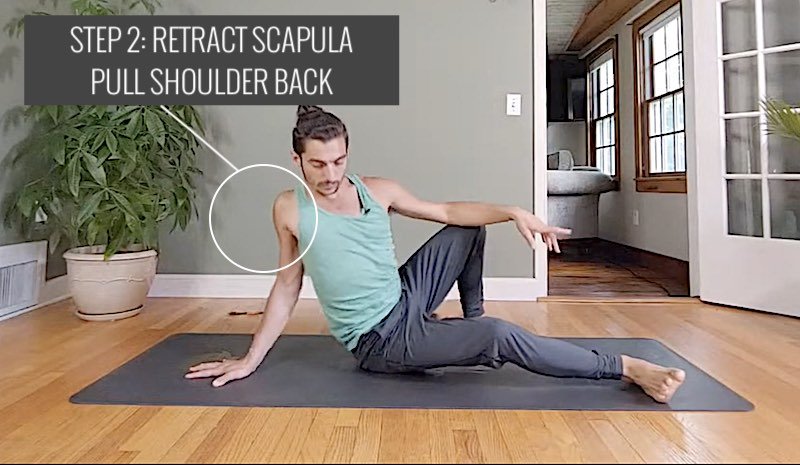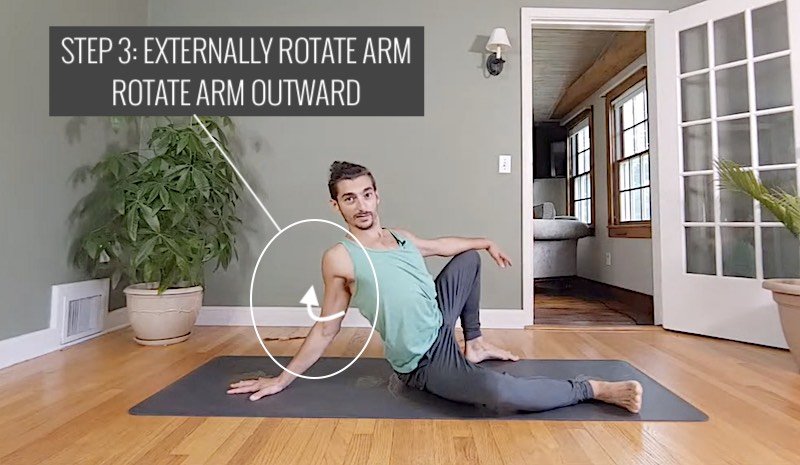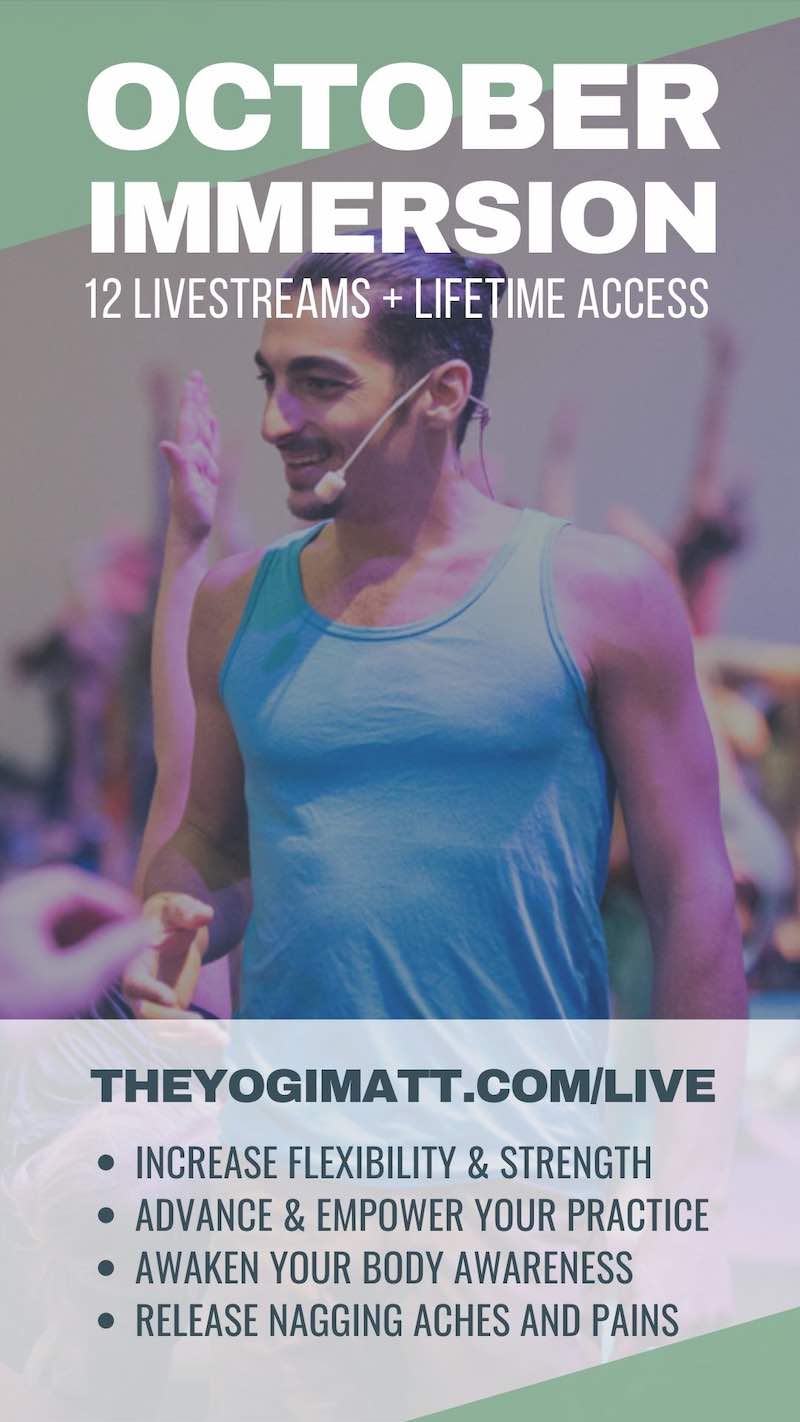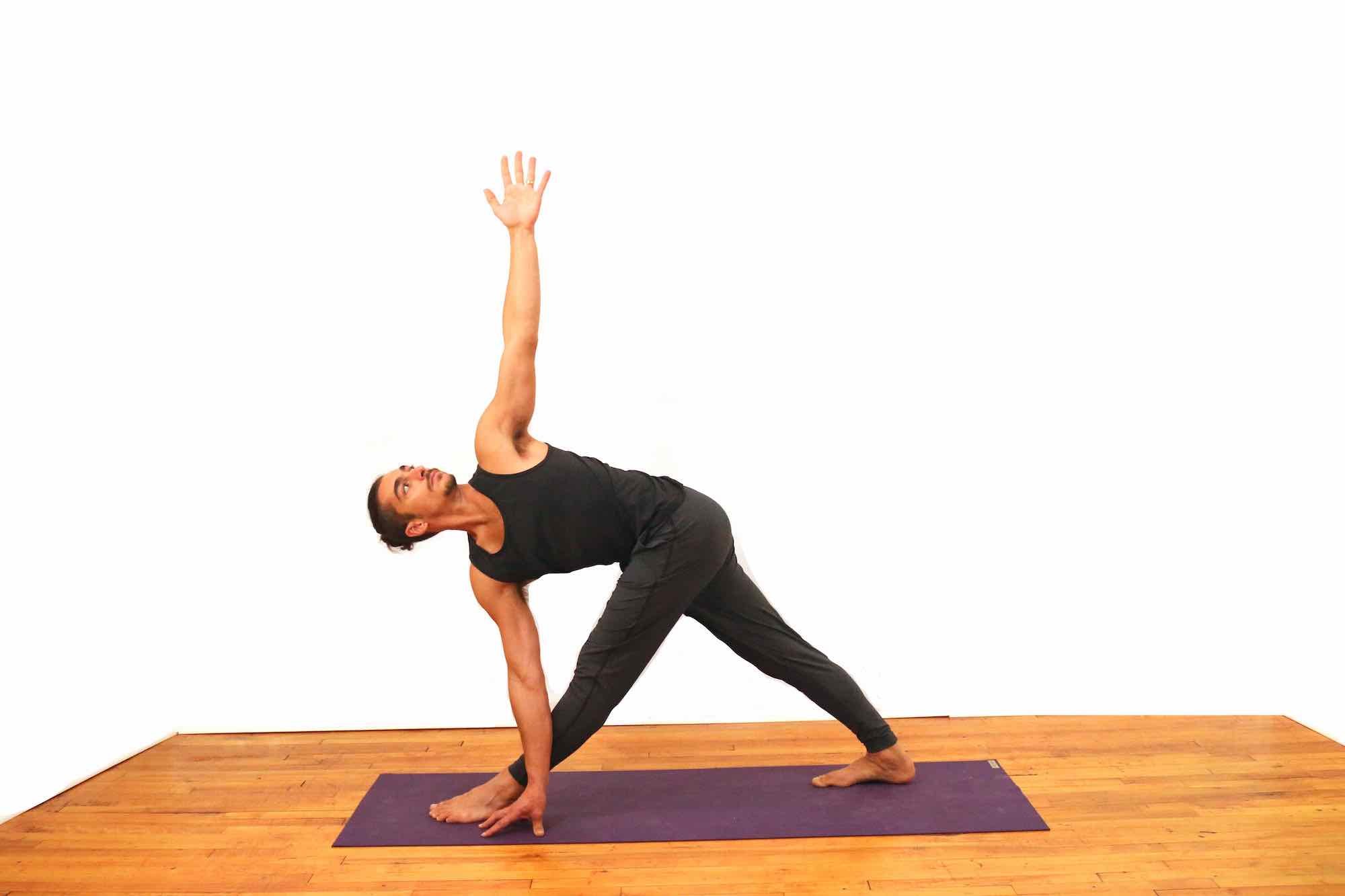Handstand ActionsLEAN, GRIP, PUSHHANDSTAND ACTIONS Handstand isn’t something we conquer in a single class, it’s a layered process that demands repetition and refinement. There are certain key handstand actions that are non-negotiable: lifting the shoulders up to the...
3 Best Yoga Practices for the 5 Layered Self, Asana, Breathwork, & Meditation
3 BEST YOGA PRACTICES FOR THE 5 LAYERED SELF
ASANA “YOGA”, PRANAYAMA “BREATHWORK”, MEDITATION
3 BEST YOGA PRACTICES
5 LAYERED SELF AND THE 3 BEST YOGA PRACTICES
What are the 3 best yoga practices and why? You are likely already familiar with Asana, as it is the physical practice of yoga that has been widely popularized across the world. The other two practices are gaining popularity but not necessarily amongst yoga practitioners.
Imagine if someone came along and said here are the 3 magic herbs you need to take daily in order to heal your mind, body, and balance your energy. Yet instead of taking all 3 herbs, much of the world just got really excited about 1 of them. The recipe would be incomplete, and so would the benefits. This is what has happened with yoga, and we are missing out on massive benefits as a result.
Asana is for the body
If you have been reading my blogs, and following my work, you know that I love sharing tips about the physical practice. The human body is something I am particularly passionate about. I am not here to tell you that the physical practice isn’t important; it definitely is. I simply want to support your transition to the next phase so that you not only feel better physically, but you learn to cleanse the mind and balance and optimize your energy, which is what the yogis call prana.
What is Prana?
Prana is the word for the relatively unexplainable life force within each of us that causes our hearts to beat and our lungs to inflate and deflate. In its simplest explanation, prana is our energy system. The aspect of prana most asana practitioners are interested in is the energy channels- specifically Ida and Pingala, known in modern science as Parasympathetic and Sympathetic Nervous System. This is your “rest and digest” relaxing energy and your “Go Go” focused, alert energy. Learning to manage, balance, optimize, and utilize energy/prana is one of the major goals of the yoga practitioner. With the right practices, you can become masterful at sleep, wakefulness, alertness, rest, calm, focus, exercise, etc.
VIDEO PODCAST: THE 5(6) LAYERED SELF
+ 3 BEST YOGA PRACTICES
What is the Mind or Heart-Mind?
In a moment, we are going to get into the layers of our Self and the 3 practices for total well-being. But first let’s discuss something that is often ignored- the mind. What is the mind? This is no easy question to answer. Even the mental health industry struggles to define it. How can you establish the health of something you can’t even define?
It’s one of those interesting points of discussion. We know we have a mind, but the only tangible, physical representation of it is the brain and nervous system. No one has yet to dissect a mind or know for sure what thoughts are and how exactly they are formed. Fortunately, yogis have been contemplating and studying the mind for centuries, so we can turn to them for answers.
The mind is our way of experiencing the world by using thoughts and emotions to process time, space, physical sensations, and events. The mind is perhaps the most important system to take care of because it governs our entire perception of our existence. This is why yoga is most often defined as the study or science of the mind when we look at sacred texts. You will never see it defined as the study of the body, though that, too, is a part of studying the mind.
So, as magnificent as the physical practice of yoga is, it is limited- only targeting one layer of our being, called deha, or body. Yes, feeling better physically helps us energetically, mentally, and emotionally but it’s a temporary Bandaid. To get to the root of the challenges our mind present, we need a yoga practice that focuses on all the layers of our being, which include:
The 5 Layered Self, According to Tantra Yoga
- Deha: The Body
- Citta: Heart-Mind, thoughts & emotions
- Prana: Energy, life force, autonomic nervous system
- Shunya: The Void, calming, peaceful, clear, stillness
- Cit: Blissful Awareness
300 HOUR ONLINE TEACHER TRAINING
GET 500 HOUR CERTIFIED AS A MASTER TEACHER
Master your skillset as a teacher through refined techniques, anatomy, biomechanics, sequencing, philosophy, meditation techniques. theming, yoga business, and much more!
“THE TRIFECTA” THE 3 BEST YOGA PRACTICES
Under the umbrella of yoga, there are many amazing approaches to working with the 6 Layers of our Self, but if I am to recommend the top 3 best yoga practices, it would be as follows, not in any particular order:
- Asana: (commonly referred to as yoga) Cleanses deha, the body.
- Meditation: cleanses the heart-mind first. With practice, allows us to root deeper into Shunya and Cit, pronounced “Chit”. Meditation cultivates our ability to experience Blissful Awareness, even in our day-to-day tasks.
- Pranayama: Balances out our energy levels.
For each of these layers, there are specific yogic practices. Most familiar and most popular is Asana- movement of the body which helps develop awareness, strength, and flexibility. We can think of this as a cleanse for the physical form.
Then there is Citta, Heart-Mind. It’s unfortunate that many of us are not provided with the proper tools to keep the mind clean. We brush our teeth because plaque builds up daily on the teeth. Similarly, the mind builds up and collects unwanted toxicity but rarely do we learn how to take care of that. To cleanse the mind, we use the practice of meditation, specifically mantra– a repetitive phrase to cultivate the mind’s attention and strengthen our ability to focus.
For prana (Energy) there are incredible breathwork practices available to us in the yoga lineage, called pranayama. Breathwork helps balance the autonomic nervous system, so that we can harness the “go go” energy when we need it and cultivate “rest and digest” energy when our bodies and minds are stressed and overworked. Finding balance between the two allows us to live our lives with more intention rather than being driven by emotion.
MOVE•BREATHE•RELEASE
Yoga, Breathwork, Meditation!
Expand your yoga practice with asana for the body, breathwork to balance your energy, and meditation for greater peace of mind, focus, and clarity. This is the best way to establish a meditation practice while enjoying the benefits of a routine physical yoga practice.
THE PROBLEM
Now that we know these 3 practices help us to feel better physically, mentally, emotionally, AND energetically, why don’t we practice them routinely?
Well, the answer is simple. We created a habit, or pattern, of brushing our teeth, but haven’t yet created one for meditation and pranayama. Maybe you haven’t created one for yoga yet either?
THE SOLUTION
To create a habit, repetition is the only thing needed. However, repetition requires effort and prioritizing your time. Most adults struggle with this. I once read a quote that said something along the lines of “If you have the time, meditate for 20 minutes each morning. If you don’t have time, meditate for an hour each morning.” It’s funny but it’s also the unfortunate truth.The more you fill your day, the more time you need to process and digest everything coming in.
Let’s acknowledge that routinely showing up for yourself and practicing asana, pranayama and meditation might seem like a lot at first. This is why I have created an online program to make this easy for you. It’s called MOVE•BREATHE•RELEASE, consisting of 3 practices per week, each with all three elements, so you do not need to find time to do them separately. Each class is fully guided so all you have to do is commit. I will take care of the rest.
TOP RELEVANT RECOMMENDATIONS
- MOVE•BREATHE•RELEASE: 12 CLASS PACKAGE
- Journey To Bliss: 12 Class Immersion with 4 Guided Meditations
TEACHER TRAINING COURSES
Continue Learning
Handstand Actions
Handstand Mechanics
Handstand MechanicsINVERSIONHANDSTAND MECHANICS Stability, strength, and coordination come together in the pursuit of mastering handstand mechanics. One of the most critical foundations is internal rotation at the hip joints, which can aid with certain entries and...
Stable Sirsasana
Stable SirsasanaHEADSTANDSTABLE SIRSASANA Creating a stable Sirsasana is less about the final pose and more about the mechanics that lead us there. From weight transfer and spinal alignment to hamstring flexibility and shoulder engagement, each layer matters. Unlike...
Explore Hip Rotation
Explore Hip RotationSURYA YANTRASANAEXPLORE HIP ROTATION Hip rotation isn’t just an anatomical concept—it’s an open invitation to become more intimate with our body’s story. In yoga, we often live in lateral (external) rotation, especially in hip-opening postures....
Step Up Your Side Plank
Step Up Your Side PlankVASISTHASANASTEP UP YOUR SIDE PLANK Side Plank might look simple, but true proficiency starts in the details. One of the keys to refining the posture is learning how opposing muscle groups create an isometric contraction—a subtle engagement that...
Headstand and Side Crow Transitions
Headstand and Side Crow TransitionsPARSVA BAKASANAHEADSTAND AND SIDE CROW TRANSITIONS Mastery begins with mechanics, especially when it comes to headstand and side crow transitions. Each posture on its own demands control, coordination, and a deep understanding of...
THE FREE TECHNIQUE PACK
When You Subscribe, You Will Get Instant Access to
- the Technique Pack: 15 yoga pose breakdowns
- exclusive online course discounts
- exclusive blogs and videos

